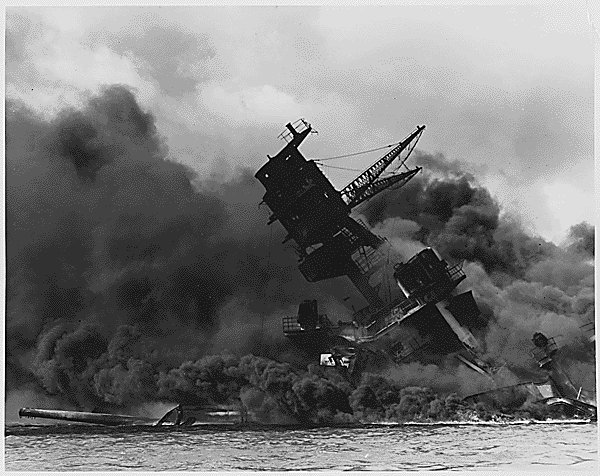Early on in my tenure at CAE, I had lunch with an extremely talented principal of a charter school with a heavy focus on the arts. There was so much to admire, not the least of which was the principal’s commitment to excellence, innovation, and high standards. 
Among the charter school movement, it is central to what I find most appealing: starting from scratch, with bold ideas that will likely not be encumbered by district or SED bureaucracies. If one has an idea for what would make a great school, and you can put it together through the various means available for creating a charter school, well, there’s something quite extraordinary in the opportunity it provides and the potential lessons to be shared among schools that do not have similar freedoms. Many argue that it is, in fact, the R&D for K-12 public schools across the United States.
However, a few issues emerged during that lunch that I found troubling. The first was ideological: it was pretty clear that this principal was out to prove to the public schools that charter schools could do it better. It gave me pause, as I have a natural predisposition against ideologues. I mean, are these people about their kids or proving other people wrong? Capice? While I understand that the two are not necessarily mutually exclusive, it still makes me wonder.
The second had to do with the funding and governance structures in place. This principal was seeking some advice on building her board and establishing an individual giving program. I thought: WTF? While building new grades and all of the other substantial requisite capacity, there was board development and fundraising as well. When I heard about the amount of money that had to be raised from private sources, I realized that we were talking about something eerily similar to a typical 501 (c) (3). I wondered how they would possibly develop that fundraising arm, and also wondered what would happen once they had the inevitable shortfall? Would they fire teachers? Cut programs? Delay adding that grade level to get make it a K-5 school?
Well, today there is an article in the New York Times that focuses on the highly respected Harlem Children’s Zone where the failures of Washington Mutual, Lehman Brothers, etc., have left a big hole in their budget.
Of course, budget cuts happen to school systems. However, if you’ve ever worked in a non profit, you know there is something quite different in the ways income in generated in a non profit versus the ways in which public schools receive their budgets. For instance, what happens when a big donor drops out, in good or bad times? What happens when your board chair leaves or other leadership transition occurs that may effect income? In a public school, that is a relative non-issue when it comes to income. In a charter school, it’s an issue. Not to mention that your non profit is now directly competing with those charter schools, for board members and contributions, in case you haven’t considered that.
Yes, it’s true, the charter school can always seek to convert to being a public school, or perhaps better put, become part of the public school system/district.
There is another New York Times piece which looks at a charter school that is planning to pay their teachers $125,000 a year. Again, consider that this part of the R&D has to be paid for primarily out of contributed income (donations).
With the economy heading in a direction no one seems to be able to understand, beyond Warren Buffett calling it an economic Pearl Harbor, it will be interesting to see what happens to charter schools in this climate.



